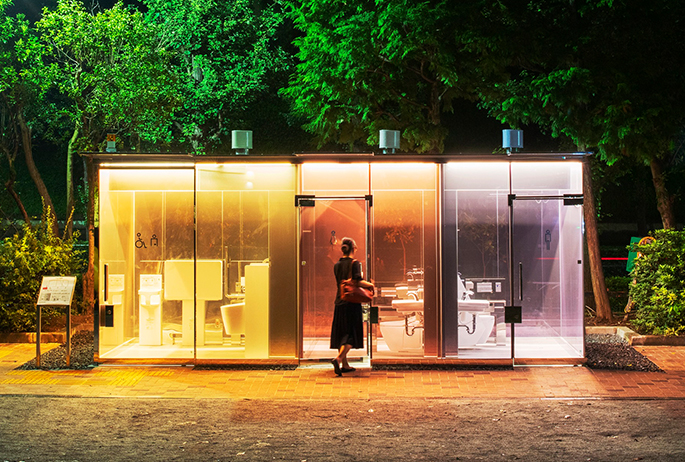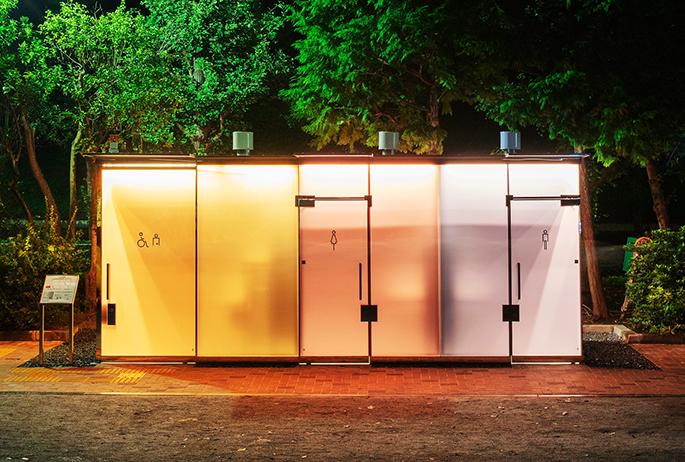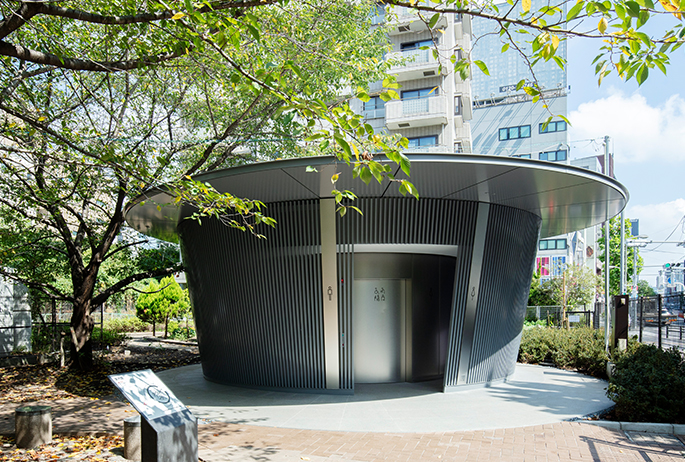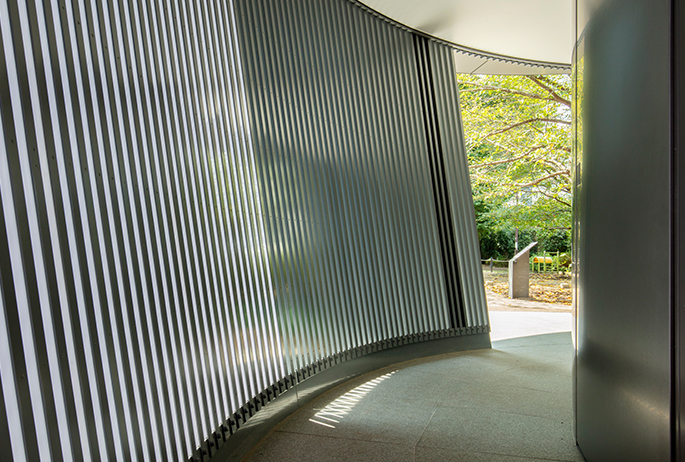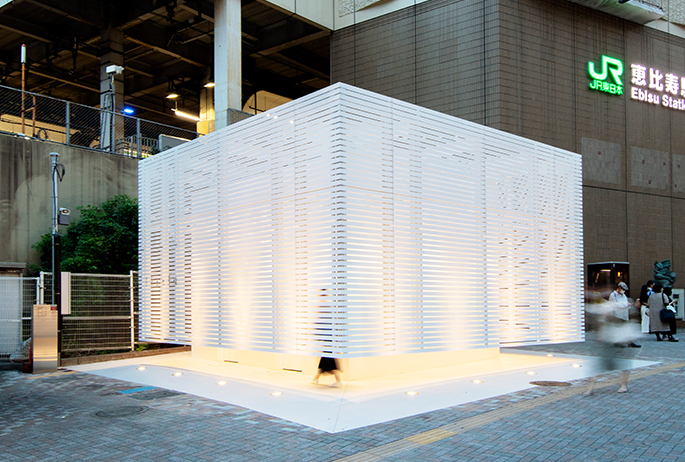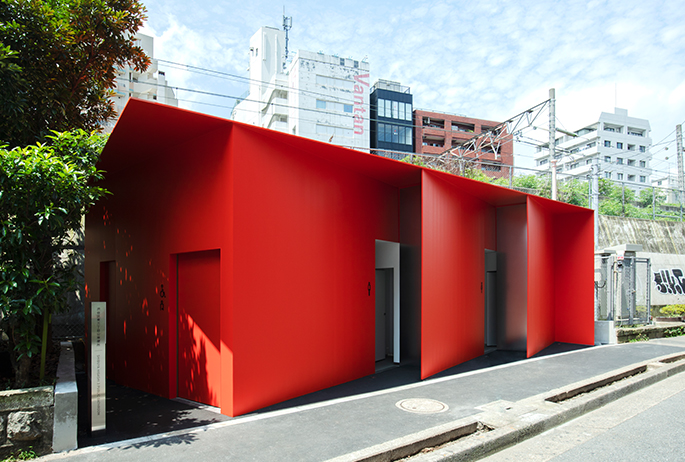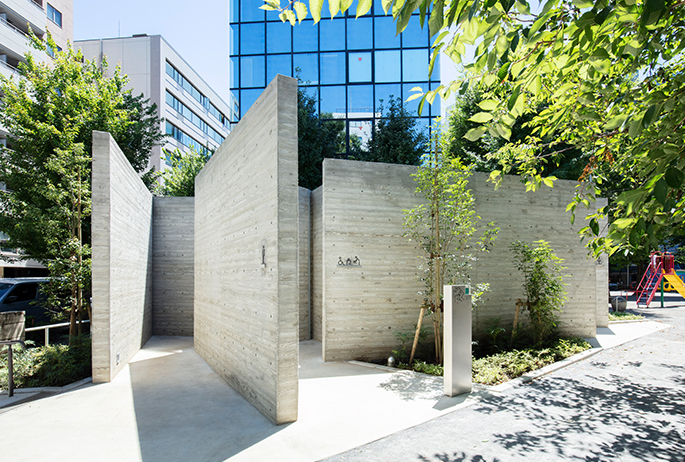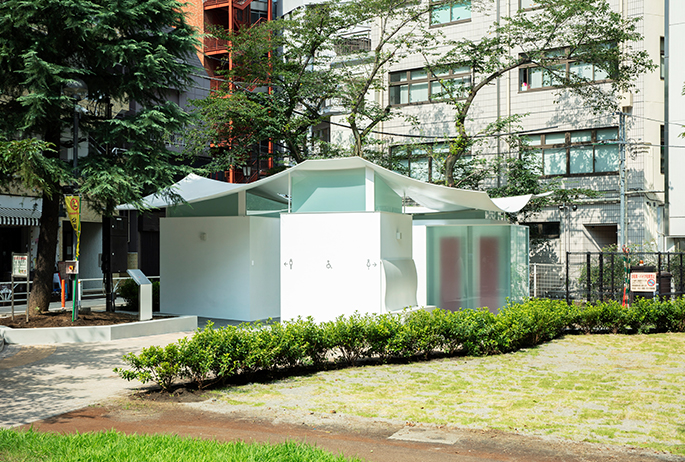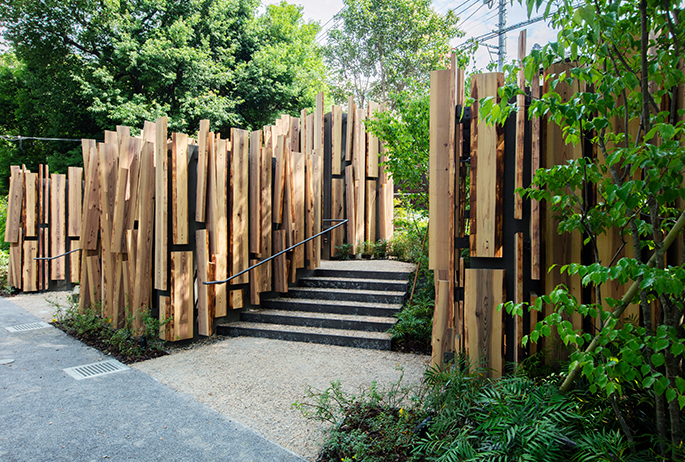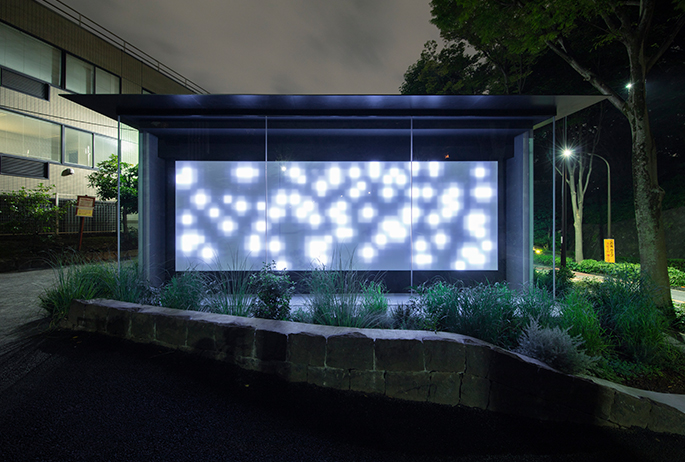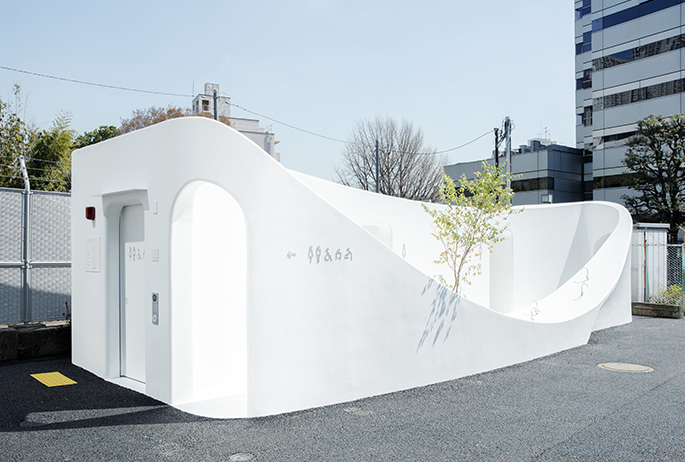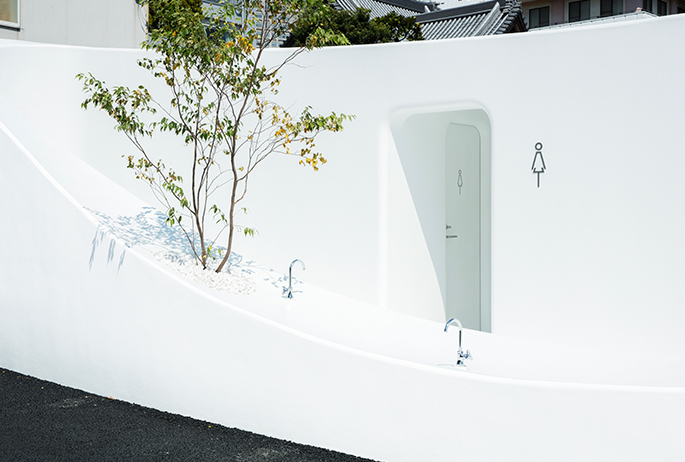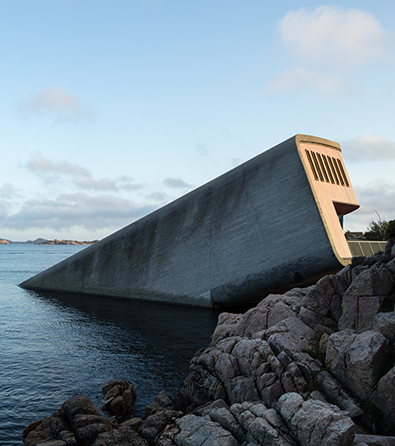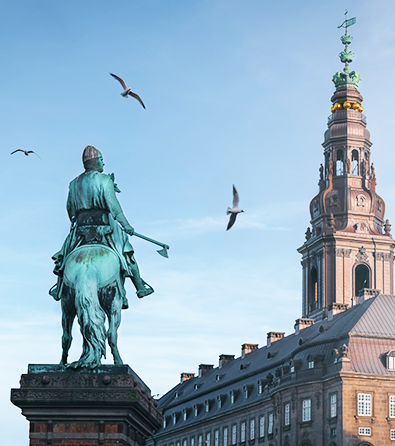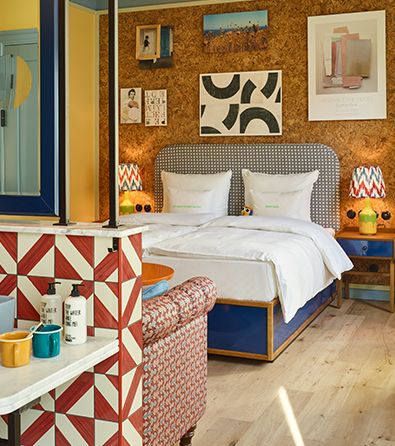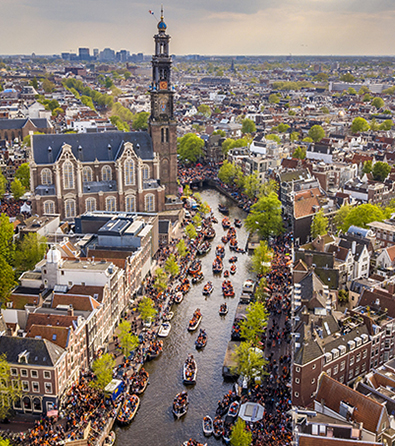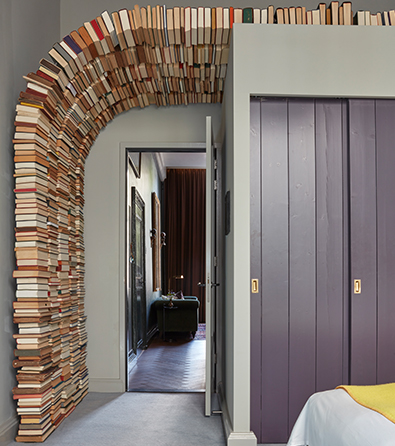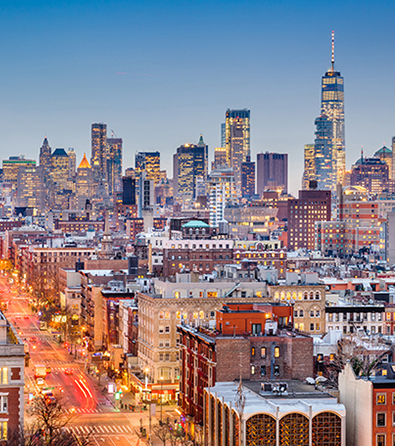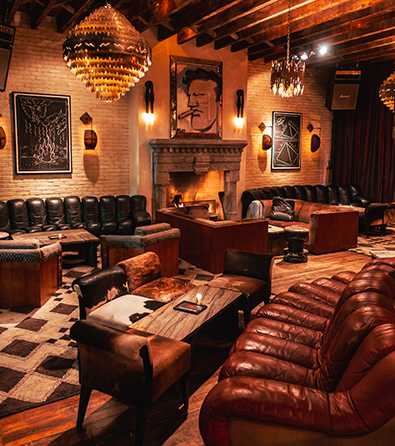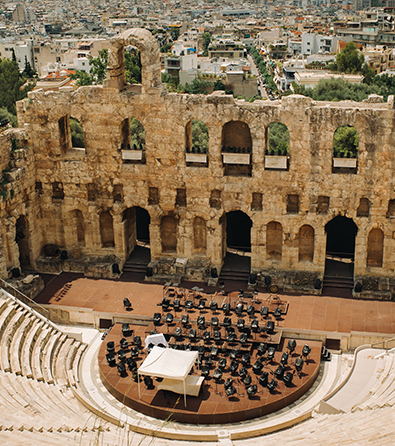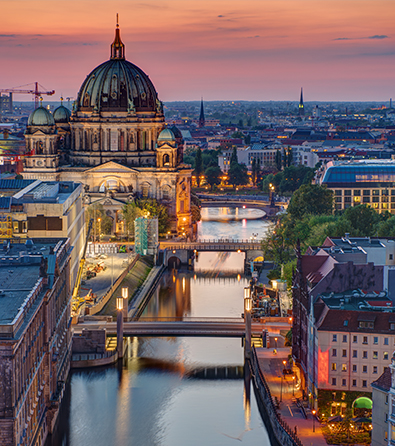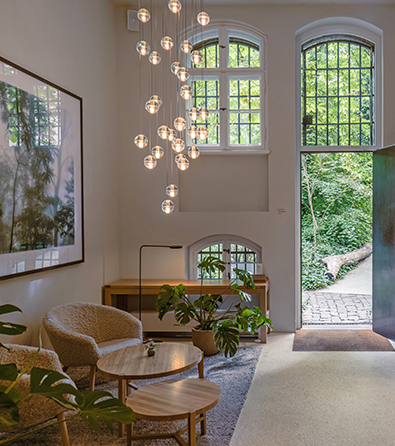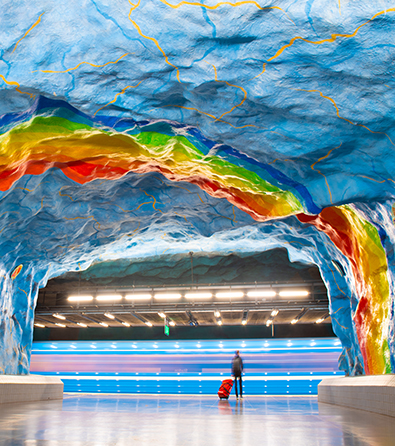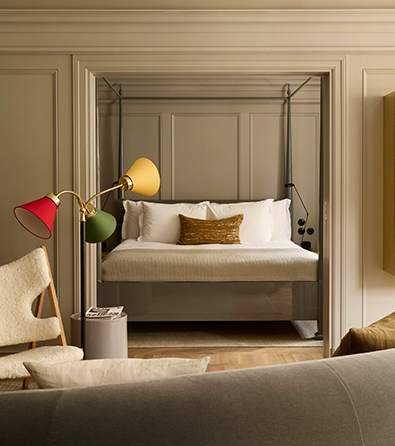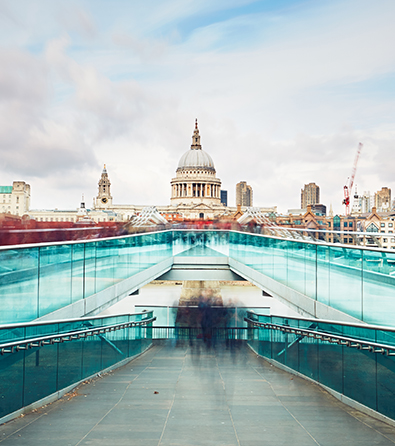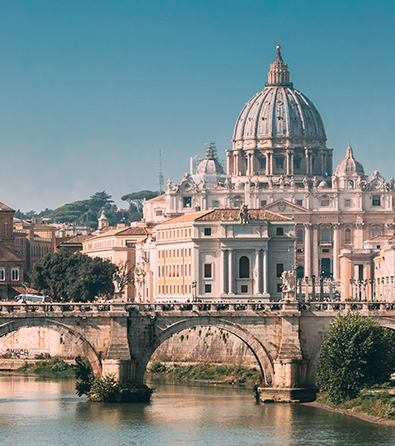THE TOKYO TOILET project is a captivating fusion of design, architecture, craftsmanship, and public service, transforming an often-overlooked aspect of urban life into a canvas for creative expression and community pride. This initiative serves as a cultural statement that reflects Japan’s dedication to blending tradition with modernity. Each public toilet, designed by a world-renowned architect or designer, stands as a unique piece of functional art, inviting residents and visitors alike to experience moments of beauty and tranquility in unexpected places. THE TOKYO TOILET project challenges global perceptions of public toilets, elevating them from places to be avoided to destinations to be admired.
THE TOKYO TOILET project was conceived and funded by Koji Yanai in 2018, and managed by The Nippon Foundation in full cooperation with Shibuya City 17 innovative public toilets across Shibuya City in Tokyo were completed and opened to the public in March 2023, enlisting the expertise of 16 globally renowned architects and designers. By reimagining these facilities, the project addresses the common perception of public toilets as unsanitary and unsafe, creating spaces that are both aesthetically inviting and highly functional. This effort reflects Japan’s cultural emphasis on hospitality, known as “omotenashi,” ensuring that public spaces are welcoming, clean, and accessible to everyone, including people with disabilities.
Koji Yanai, Senior Executive Officer of the Fast Retailing Group and a Director of the Board, strategically timed this initiative to coincide with the 2020 Tokyo Olympic and Paralympic Games. The project aimed to showcase Japan’s dedication to innovation and hospitality to international visitors. Renowned designers and architects participating in THE TOKYO TOILET include Tadao Ando, Toyo Ito, Tomohito Ushiro, Masamichi Katayama, Kengo Kuma, Junko Kobayashi, Takenosuke Sakakura, Kashiwa Sato, Kazoo Sato, Nao Tamura, NIGO®, Shigeru Ban, Sou Fujimoto, Marc Newson, Miles Pennington, and Fumihiko Maki.
One of the standout designs in THE TOKYO TOILET is by Shigeru Ban for Yoyogi Fukamachi Mini Park. This innovative toilet features transparent glass walls that turn opaque when locked, providing transparency and privacy. The design ensures users can check the cleanliness and occupancy of the toilet from the outside when it’s unoccupied, addressing common concerns with public toilets. The facility harmonizes with the park’s surroundings and adds a playful, yet functional, aesthetic. At night, it illuminates the park, resembling a lantern, thus enhancing the park’s ambiance and ensuring the area is well-lit and safe.
Tadao Ando’s design for the Jingu-Dori Park toilet features a cylindrical structure wrapped in vertical metal louvers and topped with a projecting roof. This design draws inspiration from the traditional Japanese architectural element “engawa,” which is a covered corridor or veranda. The vertical louvers allow light and air to pass through, creating a sense of openness while maintaining privacy.
Masamichi Katayama of Wonderwall designed the toilet for Ebisu Park, known as “Modern Kawaya”. This design features 15 interlocking concrete walls arranged to create a labyrinth-like structure. The design merges historical inspiration from the Kawaya huts of Japan’s Jomon period with contemporary utility.
Nao Tamura’s design for the toilet at Higashi Sanchome embodies a blend of traditional Japanese aesthetics and modern functionality. Inspired by “origata,” the Japanese art of wrapping, the toilet structure features a curved roof that gracefully folds over the building, symbolizing a wrapped gift. This design provides practical benefits such as rain protection and natural light entry.
The uniforms for the cleaning staff ofTHE TOKYO TOILET were designed by the acclaimed Japanese fashion designer NIGO®, founder of the iconic streetwear brand A Bathing Ape (BAPE). Each restroom is meticulously maintained by dedicated cleaning staff, who are integral to the project’s success. The uniforms reflect his distinctive style and bring a touch of fashion to the functional role of the cleaning staff, enhancing their visibility and professionalism while they maintain these innovative public spaces.
THE TOKYO TOILET has gained worldwide fame, partly due to the film “PERFECT DAYS,” directed by Wim Wenders. The film follows Hirayama, a Tokyo toilet cleaner who takes immense pride in his work. It captures his daily routine of meticulously cleaning public restrooms, reflecting his dedication and attention to detail. “PERFECT DAYS ” delves into themes of dignity, purpose, and the beauty found in everyday life. The film highlights the profound human capacity to find joy and fulfillment in the ordinary. I highly recommend watching this exceptional film.
THE TOKYO TOILET is a pioneering effort that redefines public restrooms through the lens of high-quality design, cultural heritage, and values. It’s a testament to how thoughtful design can enhance public spaces, making cities more livable and enjoyable for everyone. This project is a shining example of how even the most mundane elements of urban life can be transformed through visionary thinking and a commitment to excellence.
